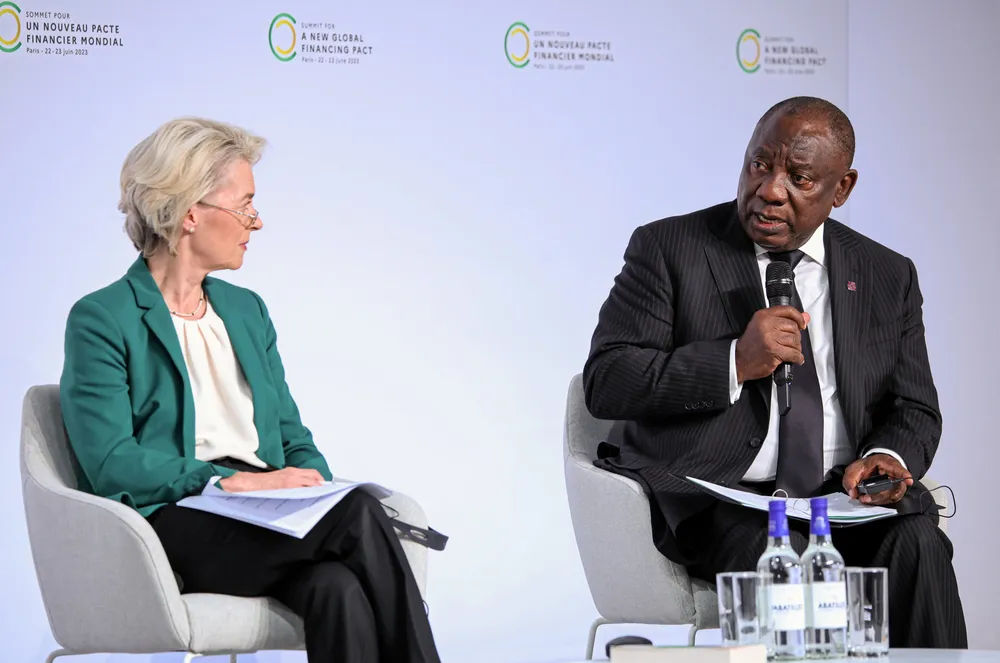Green hydrogen production in Africa 'can improve local power supply, but financing issues will drive up costs'
New Hydrogen Council report on exporting renewable H2 from African nations is something of a rebuke to a recent highly critical UN paper

New Hydrogen Council report on exporting renewable H2 from African nations is something of a rebuke to a recent highly critical UN paper
